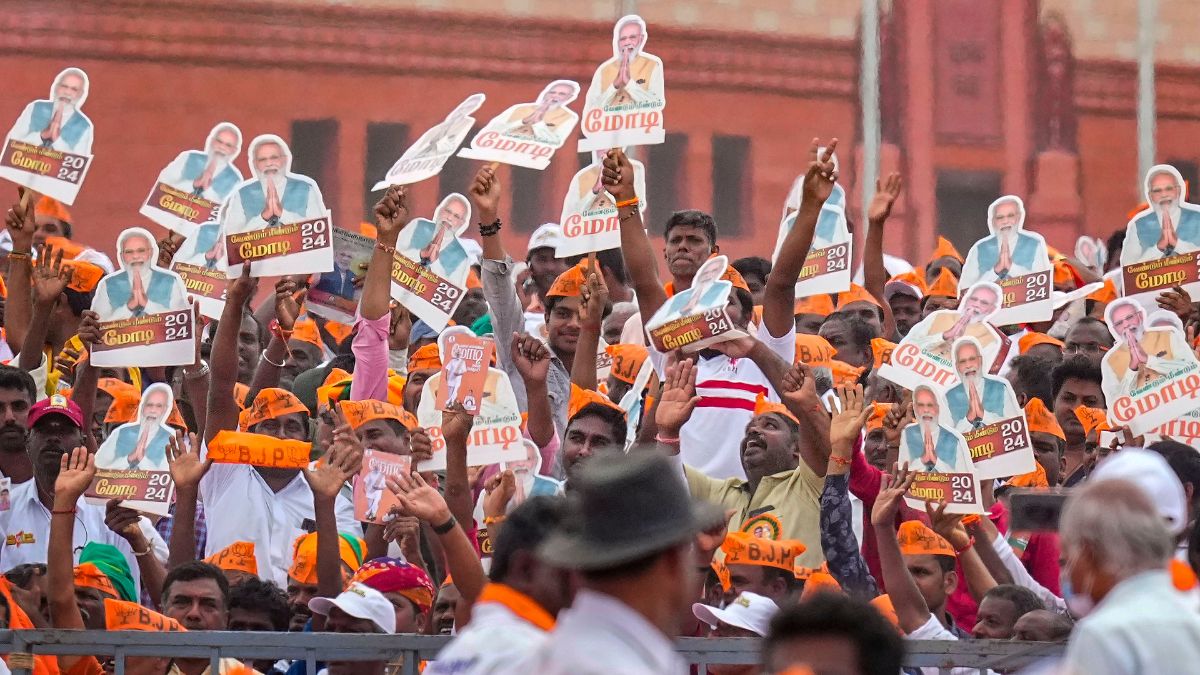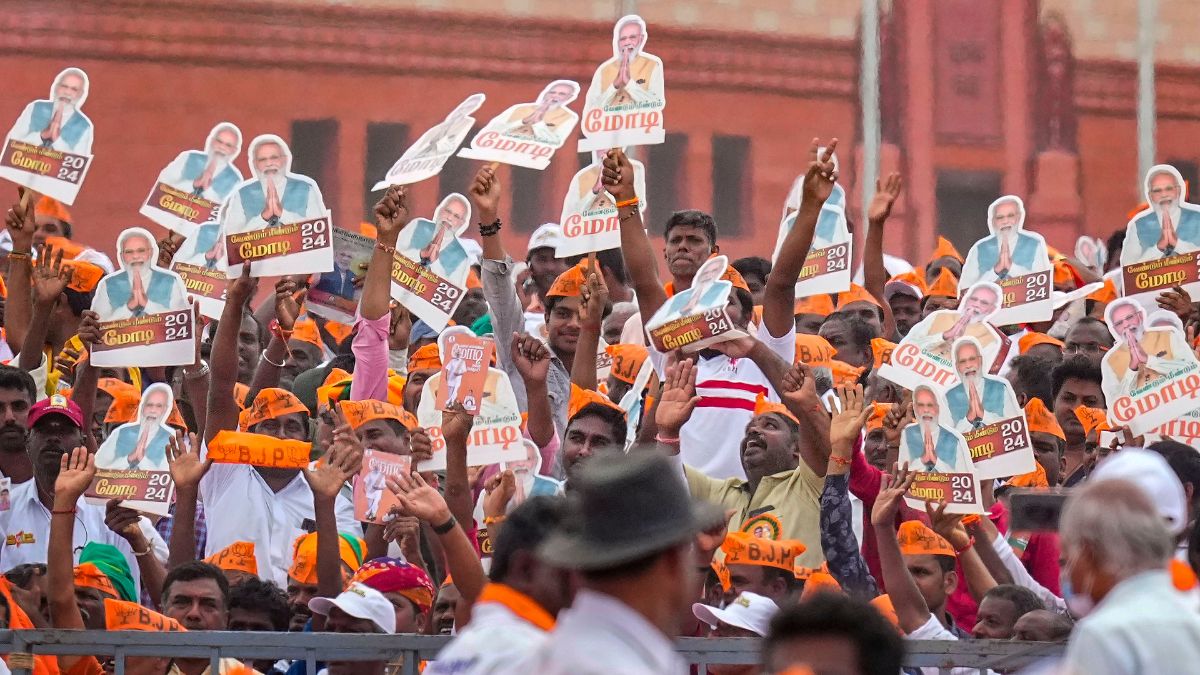By Gyanant Singh
The Supreme Court verdict in the Uphaar cinema fire case against the Ansals was out over month ago. A detailed judgement with reasons was, however, being awaited with the hope that it could add another chapter in the law on sentencing. But there was disappointment when the judgement was released on 22 September.
The judgement revealed that the bench had exercised its discretion in favour of Ansals while substituting imprisonment with fine, rather than laying down any universally applicable objective standard which could enrich the law on sentencing.
The three-judge bench presided over by Justice AR Dave merely recorded that the judges had taken note of the fact that Sushil Ansal was “fairly aged” while arriving at an agreement over imprisonment being substituted with fine.
“We are further of the view that in case the said amount of fine is paid, the sentence should be reduced to the period already undergone,” the judgement records.
For those seeing an objective criteria in the phrase “fairly aged” being cited as a reason, the criteria was not applied even to Gopal Ansal. The court records that it was ensuring parity for Gopal Ansal on account of “the peculiar facts of this case”.
Nuances apart, the headline obviously is that that Ansals were not sent to jail on account of old age. And this is the message the much-awaited judgement has conveyed to the public.
The problem lies here. The court has been speaking in two voices on the issue. In a plethora of cases, the court has rejected old age as a ground for lenient punishment or even for grant of bail.
It is time the court realizes that common people do not form opinions on the basis of the ratio of a judgement but by the outcome of cases.
While Sushil (aged about 75) and Gopal (aged about 67) were spared the rigours of imprisonment, it is still fresh in the mind of the public that old age did not come to the rescue of former Haryana Chief Minister OP Chautala (aged about 80) whose 10-year jail term was upheld by the Supreme Court last month. While age has been considered as a ground for not keeping Ansals in jail even after conviction, there have been cases where bail has been denied to undertrials despite advanced age. Comparisons are natural. Neelam Krishnamoorthy, who lost her children in the fire in 1997, has pointed to Sahara Chief Subrata Roy, also fairly aged, being in jail on the orders of the Supreme Court.
In what is likely to hurt the image of the institution, the court has been consistently inconsistent when it comes to age being considered as a factor for deciding the quantum of punishment. It is predominance of exercise of discretion in sentencing that sends confusing signals to the public. A judgement like the one released on 22 September only adds to the problem. The court has failed to convincingly justify the seemingly special treatment to Ansals on the point of punishment.
The Ansals surely got lenient treatment with the court sparing them of imprisonment. But to look at old age as the reason for leniency would be wrong.
In August 2012, Sanjeev Nanda, convict in the infamous 1999 BMW hit-and-run case, got a similar treatment. He was ordered “community service” for two years as alternative to an imprisonment of two years. His age was about 21 years.
Age of the convicts evidently does connect the two cases. According to me, one common factor influencing the punishment in the two cases could be misplaced sympathy.
The author is a practising Supreme Court lawyer


)




)
)
)
)
)
)
)
)